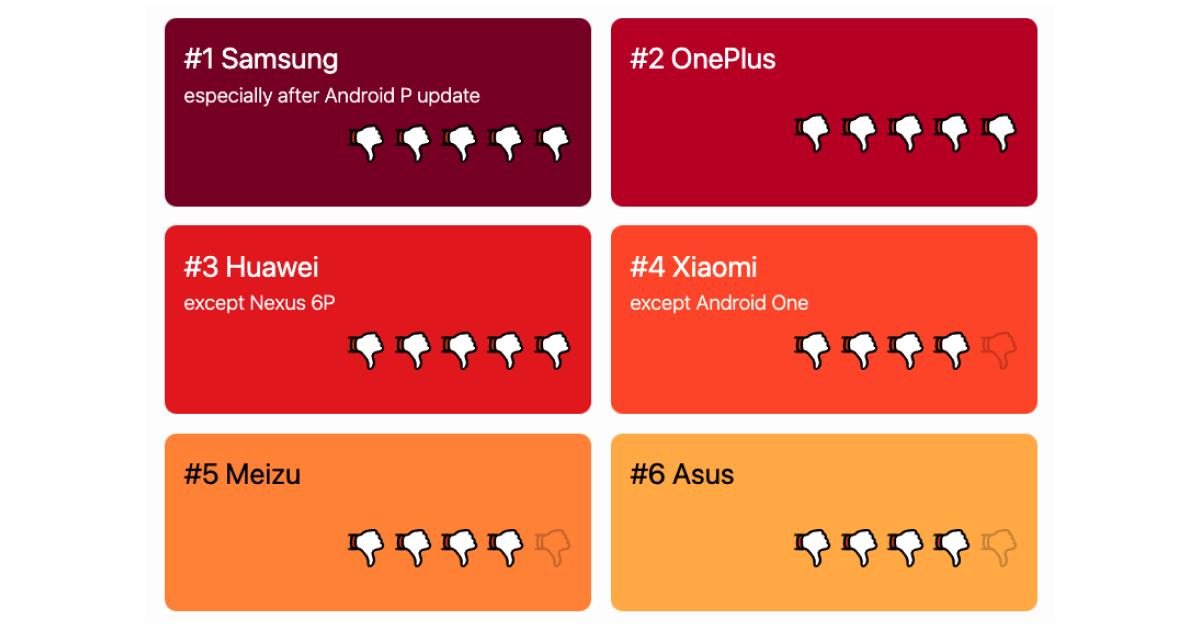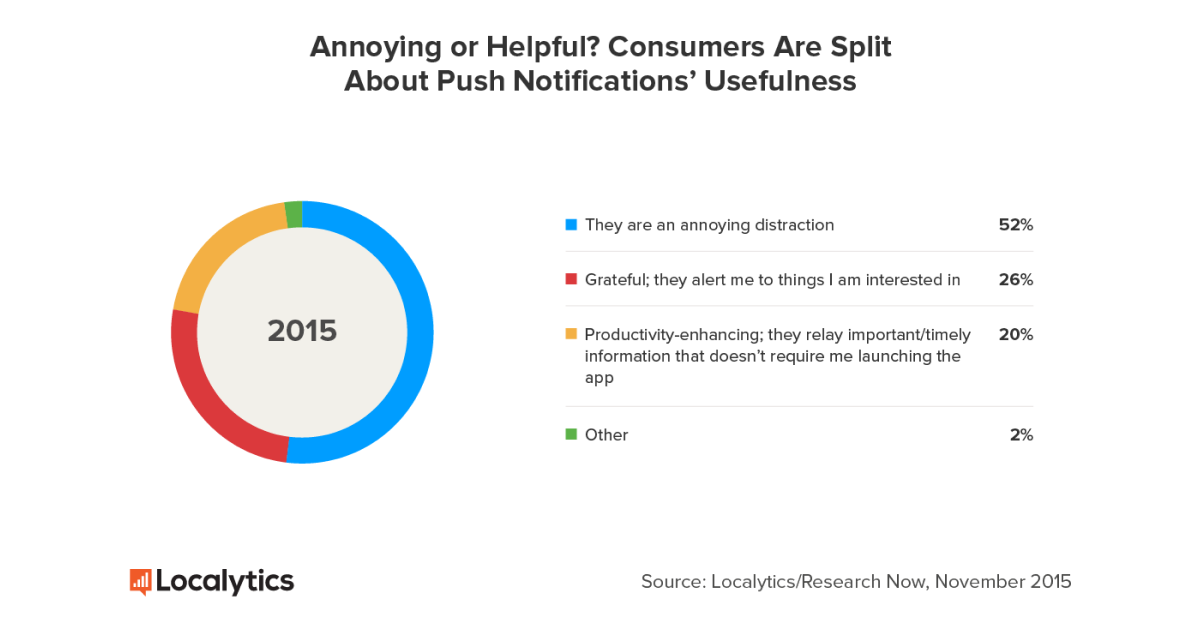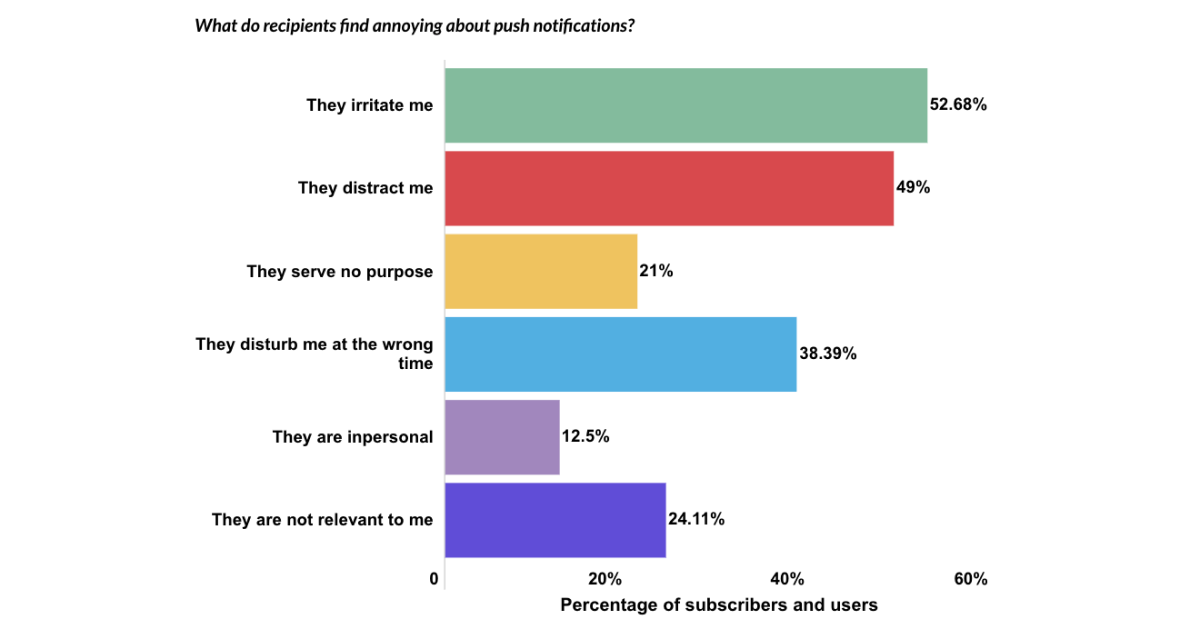A Push Notification needs to go, NOW! How many of you product growth and business folks face such a dire situation. Every other day, yes. My heart goes out to all of you.

Then, sometimes it is not about ‘now’ but rather having ‘1 more’ for the day for that extra 10% revenue needed to achieve the daily run rate. Oh, but is it really smart of you to process such demands without due diligence as a growth owner?
Could there be much to lose here at the cost of winning a little?
Tell the business strategist to wrap that blanket aggression back up. Yes, you guessed it right, say “NO”. Let them be shocked. But don’t end up frustrating your own users to kill mid and long term advantages just to gain a short term boost. Here is a list of the top 3 reasons to say ‘NO’ to that extra Push Notification, and why it can just accelerate the process of permanently getting the user on the blocked list!
- OEM/Device Level Blocks
- Operating System-Level Blocks
- Strong Correlation with User Opt-Out / Uninstalls
1) OEM/Device Level Blocks on Push Notification
Over the last decade, smartphone features and capabilities have risen exponentially, and the battery capacity has really not been able to keep up with the meteoric rise in computational capabilities.
To accommodate for this gap, mobile phone vendors all have their own tech teams designing code to prolong battery life. So, there is a bunch of logic each device manufacturer adds to measure if your app is really important for the users or simply consuming too much battery without providing any real usage.
But side effects? Everything from important background processes, sleep trackers, fitness apps and 3rd party alarms keep getting rendered useless.
And the funny bit is that in all of these cases, the user ends up blaming the app developers for the poor performance. So having anything from too many processes in the background to excess unread notifs, can easily land you in the OEM banning logic.
Having anything from too many processes in the background to excess unread notifs, can easily land you in the OEM banning logic. Read more - via @webengage Share on XBtw, here are the worst ones ranked by dontkillmyapp.com, an entire platform built to measure and score the OEMs:

Image Source: dontkillmyapp.com
2) Operating System-Level Blocks on Push Notification
If users are really not engaging with this content that you pushed in as “plus ultra” (‘My Hero Academia’ reference), this can lead to a strong impact on delivery.
The OS-level logic constitutes the basic directives for the handling of apps on a user’s device, and one of the most basic signals to the system is that a user keeps on getting more communication from an app they are not engaging with. More and more unread notifs. They pile on top of each other till the point in time you are completely ousted and your app goes into Standby mode.
Not just a fancy term, ‘Standby’ and ‘Doze’ are power-saving features launched starting Android 6.0. While the former is responsible for deferring background network activity thereby impacting deliverability and the former defers background processes when the device is unused for a threshold period of time.
In short, as an app owner; it is super critical to understand that your push notifications have to be seen as something useful when it comes to the user. Otherwise, the user will become dormant and begone blocked by the OS smart logic. Another problem is that there might have been important foreground/background processes that might end up getting terminated if the connection between your app and network ends up getting severed by the OS.
3) Strong Correlation with User Opt-Out / Uninstalls
First, let us look at some data on opt-ins from benchmarks released from this 2018 study by Accengage. iOS explicitly asks you to opt into the push notifications. On the other hand android just opts you in without an active consent mechanism in place. As a result, iOS only has a 43.9% opt-in rate vis-a-vis 91.1% for android.
Still, even a frequency of 4-6 notifications is enough to have 46% of that opting out within the first week. Thereby providing us with a similar number of default opt-ins received across both platforms.

Image Source: Localytics/Research Now, November, 2015
The above data connects well to the research conducted by localytics back in 2015 which says 52% of users find app notifications annoying. Though users are split, this gives us an indicative idea of how your app is going to be barred from the user’s device as you annoy them more and more.
52% of Users find App Notifications Annoying. Read more - via @webengage Share on XAlso, think about that 46% user base for which notifications are relevant and interesting.
It’s surprisingly similar to the overall base that might opt into push notification. Or perhaps just an indicator of what happens in a week if you keep sending too many notifications. Getting one level deeper into the type of reasons, just double check the next time on how you strategize on different kinds of communication that is going out to the customers. They just might find it a bit annoying. Here is a research by VWO engage that gives you more details into this.

Image Source: VWO Engage
To sum up…
Well, let’s keep these 3 in mind next time you are chased. And sit down with the business to ensure that every next push notification that goes out is completely user-centric. That is the only way to create a win-win situation for both the company and the user.
Please drop in a rating if this article was useful for you. Would love to get your feedback and hear more about your experiences and problems related to the topic.
You get one shot at a Push Notification, execute it well with WebEngage! Request a Demo now.


































 Vanhishikha Bhargava
Vanhishikha Bhargava
 Inioluwa Ademuwagun
Inioluwa Ademuwagun
 Diksha Dwivedi
Diksha Dwivedi



